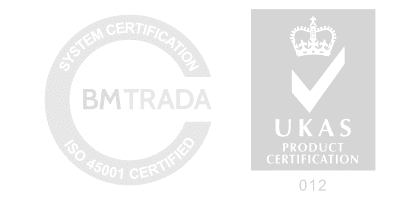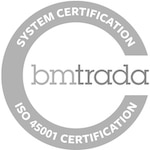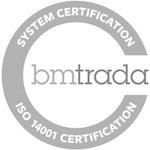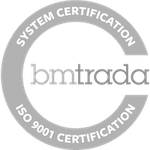Case Study 008: Preston Hospital
Lift M along with Lift P at Preston Hospital were replaced under a Contract with Lancashire Teaching Hospital and put into service in May 2019.
Lancashire Teaching Hospitals NHS Foundation Trust was established on 1 April 2005. The predecessor trust (Lancashire Teaching Hospitals NHS Trust) had been formed in 2002 following the merger of Chorley and South Ribble NHS Trust and Preston Acute Hospitals NHS Trust.
They were the first trust in the county to be awarded “teaching hospitals” status.
The project was for the replacement of one bed lift (M) and one passenger lift (P) at Preston Acute Hospital NHS Trust. The existing lifts M and P were replaced in their entirety with completely new gearless traction installations, including associated building & electrical works.
Both lifts had an increased capacity with the bed lift fully complying with the HTM definition and the passenger lift will increase to the maximum permissible within the existing lift shaft. As part of the contract the client requested a Life expectancy of 20+ Years and the new lift components utilised were open protocol systems, no closed control systems would be considered.
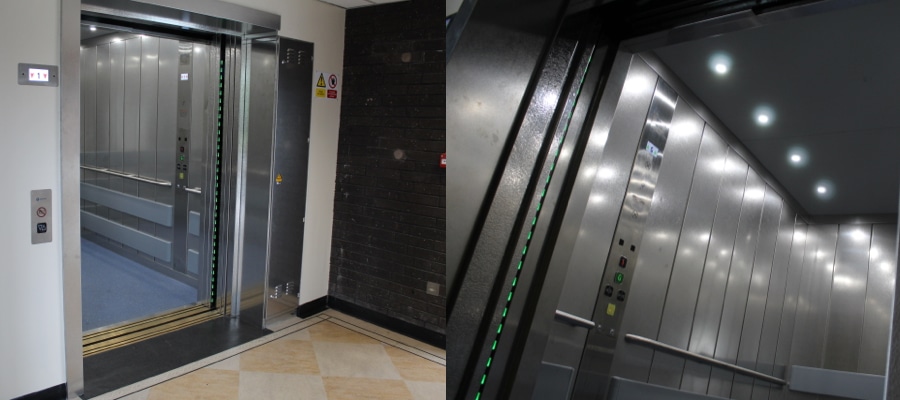
Lift M is a 2500kg Passenger bed lift with a Traction Gearless Top Drive (MRL) serving two floors.
Lift P at Preston Hospital, was installed as part of the same Lift Contract as a Traction Gearless Top Drive (MRL), in this case serving 5 floors, 900kg/12 persons capacity.
Despite the restrictive nature of the specification we were able to comply from tender stage, by procuring the services of a supplier with the flexibility to coordinate components from the various, named manufacturers into their own lift design. Specified fixtures and finishes were also incorporated into the lift.
It was essential that we completed our Construction Phase Plan to fully reflect the hazards presented by the 24/7 activities of a live and busy hospital environment and that those presented by our own activities during the works were reduced to an absolute minimum. Feedback from both the Client and the Consultant overseeing the Project both on receipt of our plan and on the completion of the works proved that we had fulfilled our CDM obligations extremely successfully.
This included the following site challenges:
a) Priority was to consider how you will protect the public & staff before you start work.
b) When working on sites or where scaffolding / work at height equipment is required, ensure that a site specific Risk Assessment is completed and the public & staff are considered during contract works.
c) Include and consider the public & staff on all CDM plans and where applicable risk assessments and method
statements were produced to manage this risk





